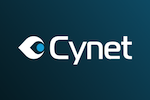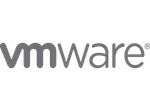It usually takes a business 280 days to identify and contain a data breach. That’s nearly ten months of stolen data that can cost a company thousands of dollars in data recovery and potential legal fees.
Luckily, businesses can use endpoint detection and response (EDR) software to identify breaches faster, allowing them to contain and expel the malware before it causes too much damage.
We’ve previously shown you how to secure your website. Now, let’s take things further and implement the best EDR security systems to facilitate continuous monitoring and responding to internet threats.
The Top Five Best EDR Security Systems
- Cynet 360 — Best for Threat Response Automation
- CrowdStrike Falcon — Best for Managed Endpoint Security
- Sophos Intercept X — Best for Enterprise-Grade Capabilities
- VMware Carbon Black EDR — Best for Real-Time Threat Response
- Cisco Secure Endpoint — Best for Faster Incident Management
Read on as we discuss each of the above security systems in more detail to help you find the best fit for your company.
#1 — Cynet 360 — Best for Threat Response Automation
- 24/7 automated threat monitoring
- Protects your full internal environment
- Automatic remediation
- Customizable workflows
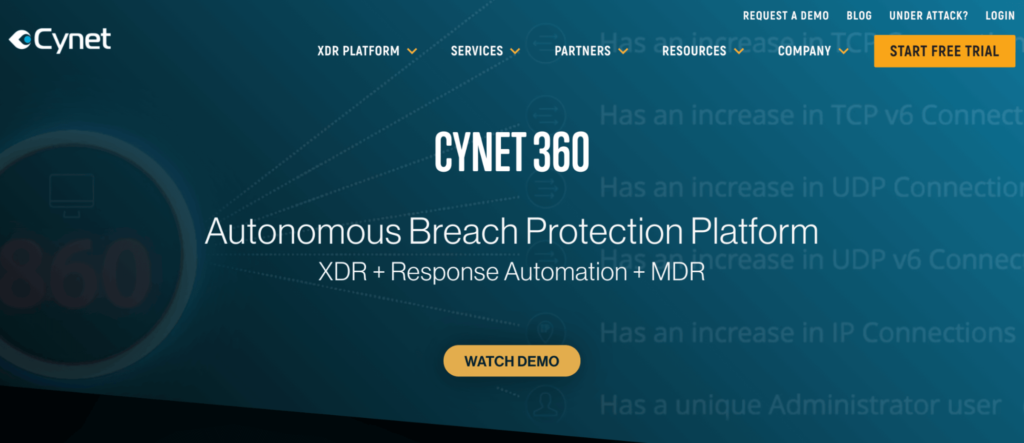
Cynet 360 is our #1 EDR security system recommendation for its unparalleled endpoint detection and response capabilities.
This holistic platform offers 24/7 monitoring and response automation, making it more proficient in endpoint and network threat detection. Cynet protects your entire internal environment—hosts, networks, users, and files—which enables it to provide total environment visibility as opposed to just endpoint visibility.
Another notable USP is its automated response capabilities.
The platform allows you to customize workflows across your entire IT security environment based on specific triggers. In other words, you can activate a specific remediation trigger depending on the alert. This ensures faster action for containing compromised accounts, infected hosts, and malicious files, as well as attacker-controlled network traffic.
Cynet 360 performs automatic remediation on the endpoint or remediates any threat using firewalls and other infrastructure components. Plus, its 24/7 security team monitors threats proactively and assists you with incident response, both at no additional costs.
Pricing
You have to contact customer support to get a customized quote. Cynet 360 also offers a 14-day free trial.
#2 — CrowdStrike Falcon — Best for Managed Endpoint Security
- All-in-one managed security
- Install and set up in minutes
- No equipment required
- Antivirus software included
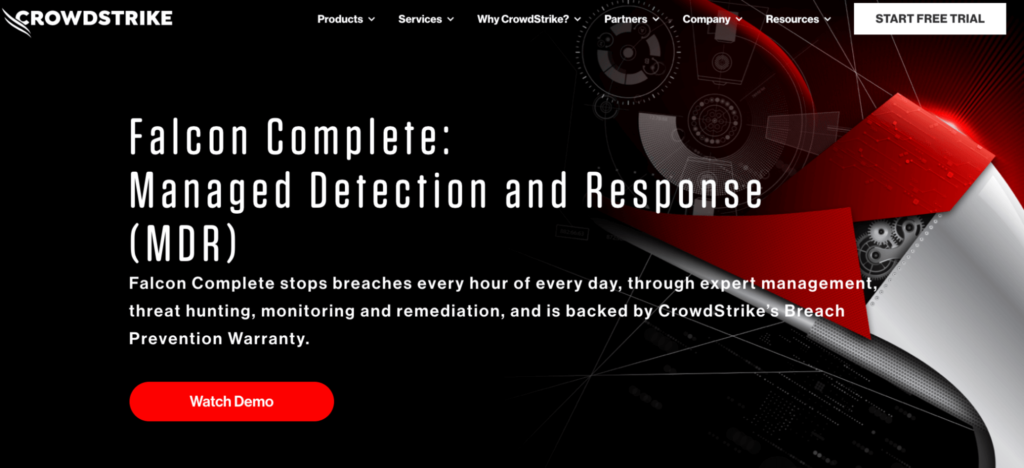
CrowdStrike Falcon is an all-in-one managed security system that delivers premium features, giving companies more bang for their buck.
It unifies EDR, threat intelligence, next-generation antivirus, and threat hunting into a single platform that helps it deliver continuous and comprehensive endpoint visibility. Some of the features include:
- Falcon Prevent: Next-generation antivirus software
- Falcon Insight: EDR
- Falcon Discover: Security hygiene
- Falcon Search: Threat intelligence
- Falcon OverWatch: Threat hunting
You can implement CrowdStrike Falcon within minutes—not days—as you don’t require any on-premise equipment. All you have to do is download and deploy it, and everything will be ready.
Other features include proactive surgical remediation, platform management, breach prevention warranty, and executive dashboard.
Overall, CrowdStrike Falcon is a well-rounded solution that captures and records endpoint activity while simultaneously blocking attacks and malware.
Pricing
You have to contact customer support to get a customized quote. CrowdStrike Falcon also offers a 15-day free trial.
#3 — Sophos Intercept X — Best for Enterprise-Grade Capabilities
- Centralized management console
- AI-backed threat analysis
- Specialized ransomware protection
- Compatible with all devices
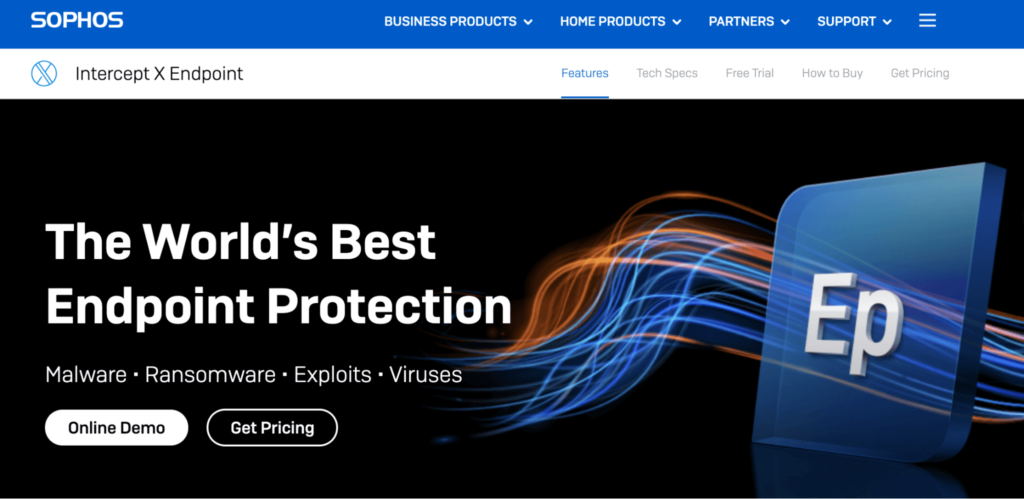
Sophos Intercept X is an advanced EDR security system with extended capabilities. It gives you a single console for managing all offered tools.
This solution integrates a powerful software tool and a top-performing endpoint protection system. In turn, this helps Sophos Intercept X provide robust endpoint security, as well as protection against malware, ransomware, viruses, and exploits.
Backed by AI-driven analysis, it can easily detect and investigate suspicious activities. The software uses deep learning and cross-product data sources to enhance your endpoint security capabilities.
The anti-ransomware protection deserves a special mention.
This feature assists Sophos Intercept X in automatically recovering files and preventing companies from paying expensive ransoms. As soon as the EDR system finds malware, it starts identifying all affected endpoints, which, in turn, simplifies incident response.
The fact Sophos Intercept X is compatible with all popular devices and operating systems is another advantage.
Pricing
You have to contact customer support to get a customized quote. Sophos Intercept X also offers a free trial.
#4 — VMware Carbon Black EDR — Best for Real-Time Threat Response
- Real-time remediation
- Automated watchlists and integrations
- Hacker behavior analysis available
- Advanced threat hunting included
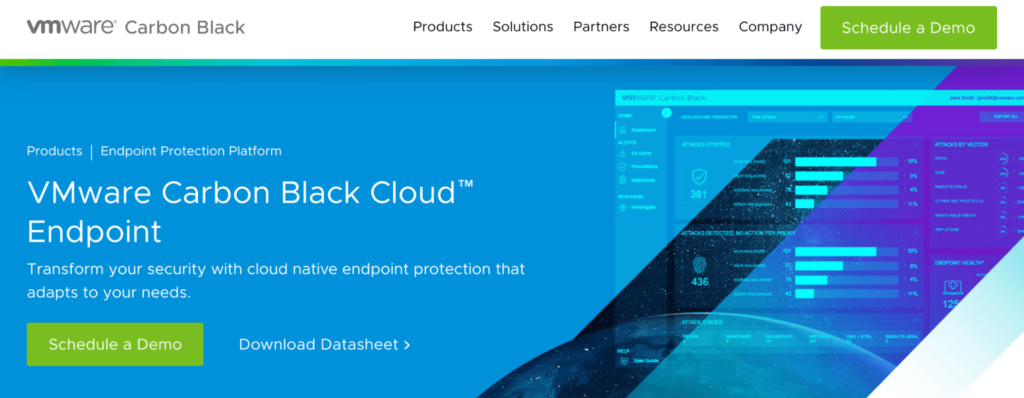
From securing endpoints to simplifying operations to giving actionable visibility, VMware Carbon Black EDR can do it all.
It provides you better visibility into your network, accelerating previously time-consuming investigations. VMware Carbon Black’s arsenal of highly efficient security tools, complete with automated watchlists and integrations, help ensure your IT team only has to find a threat once before it’s blocked from the network forever.
Thanks to the real-time remediation feature, security administrators can address threats faster—from anywhere in the world—helping you contain threats speedily and effectively.
Furthermore, several advanced capabilities like threat hunting and incident response make it easier for VMware Carbon Black to prevent attacks that would typically bypass a traditional endpoint security system.
You can use this platform to secure virtualized data centers, enforce malware and non-malware, ransomware and antivirus protection, and facilitate risk and compliance. It also lets you analyze the behavior of attackers and hackers, giving you access to information that can help detect patterns and neutralize deceptive threats.
Pricing
You have to contact customer support to get a customized quote. Scheduling a personalized demo is also an option.
#5 — Cisco Secure Endpoint — Best for Businesses Over 50 Employees
- Lower remediation times up to 85%
- Integrated XDR included
- Flexible deployment options
- Advanced analysis portal
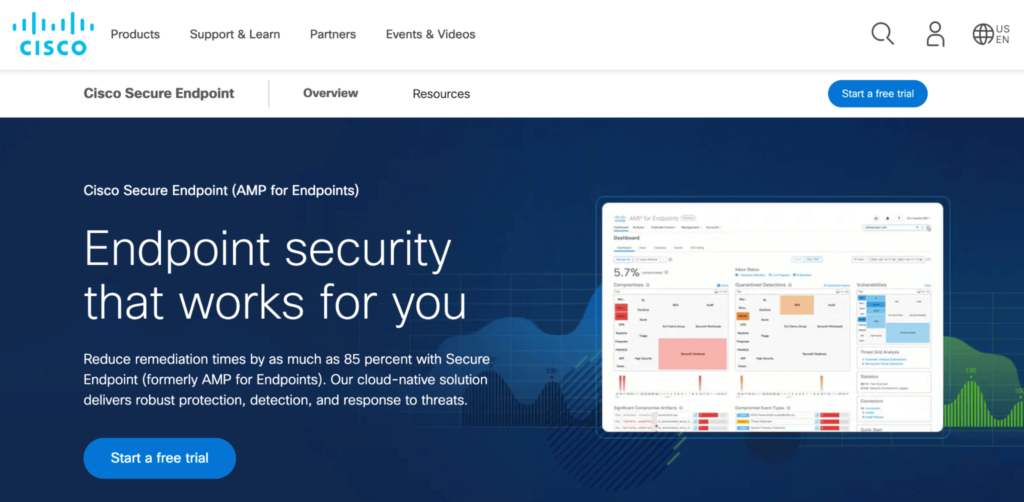
Formerly known as Advanced Malware Protection (AMP), Cisco Secure Endpoint is a cloud-native EDR security system that utilizes endpoint isolation and behavioral monitoring to contain the attack surface of a company’s network and lower remediation times. Keep in mind this solution is only available for businesses with over 50 employees.
It offers robust EDR capabilities, complete with integrated XDR (extended detection and response) functionality to give you simplified incident management tools. An advanced search capability is another USP that lets you find accurate answers during an investigation within seconds.
This security system is also helpful for stopping ransomware. It provides flexible deployment options—public cloud and on-premises — and works best for fileless malware.
Cisco Secure Endpoint users enjoy access to the platform’s advanced malware analysis and threat intelligence portal. It helps them take appropriate actions to accelerate threat containment based on the nature of the potential threat.
Other features include dynamic file analysis, endpoint isolation, next-generation antivirus, and continuous behavior monitoring.
Pricing
You have to contact customer support to get a customized quote. Cisco Secure Endpoint also offers a 30-day free trial.
How to Find the Best EDR Security System for You
Choosing an EDR security system for your organization is a crucial—and expensive—decision. To help you pick the best option, I’ve outlined the most important things to keep in mind and question your vendor about.
Number (and Type) of System Devices
Think about how many devices you want to secure. You can find this out by considering the number of employees you have.
Companies having less than 100 or 200 employees would benefit from solutions that give them deep insights into users, network endpoints, files, hosts, and more. On the other hand, companies with several hundred or thousands of employees would need a more advanced solution with specialized features, such as deep learning, advanced data analytics, and so on.
In addition to the number of employees, you should also consider the type of devices that need protection.
Are you protecting laptops and smartphones? Or do you want security for network endpoints and servers? In the case of the latter, what operating systems are these endpoints using?
Considering the number of endpoints, as well as endpoint types, will help you weed out unsuitable EDR security systems for your business.
Integration Compatibility With Other Security Platforms
Your prospective EDR solution should be compatible with your current security systems. Ensuring this will not only reduce workload and boost your IT security team’s efficiency, but it’ll also help you orchestrate and execute timely and accurate actions to mitigate a potential threat.
My top recommendation would be to opt for solutions that offer API integration. This can be particularly useful if you work with tools like a SIEM (security information and event management) system that permit the EDR solution to feed data seamlessly into your existing systems.
System Update Frequency
The threat landscape is continuously evolving. Hackers are developing sophisticated measures to gain unauthorized access to your system.
Keeping this in mind, using an EDR solution that isn’t regularly updated will make your security system obsolete, leaving it vulnerable to advanced threats. What you need is a solution that gets frequent updates on indicators of compromise (IoC).
Additionally, you should also consider how much of the IT security team’s time will be spent managing and installing these updates, as well as to what extent they can be automated to accelerate incident processes.
Level of Vendor Support (and Cloud Support)
Find out the level of support, along with the expertise level of your account manager, available to you to avoid conflict of interest. For instance, managed service providers are often in a better position to evaluate the relative levels of support available from different vendors.
While we’re at it, you should also know whether an EDR solution supports a cloud environment and if it does, to what extent. Yes, you’ll find many cloud-based EDR tools on the market. But there’s a catch: most of these tools cannot operate in the cloud.
According to a Gartner study, 60% of the enterprise EDR market is?delivered by the cloud. But this doesn’t indicate the solutions can protect all of your other cloud systems. This becomes a greater concern as EDR is often difficult to install on the cloud, requiring additional protection for specific cloud applications.
In the end, it all boils down to trust between the involved parties. Still, you should confirm the level of vendor support available—as well as the cloud support—to be on the safer side. This becomes even more necessary if you don’t have very experienced people on your IT support team.
Summary
So these are my best EDR security systems to enhance network and endpoint security.
Cynet can help you with vulnerability management and threat intelligence, while CrowdStrike Falcon provides excellent Marvel and exploit detection, complete with real-time security and application inventory. You can also opt for VMware Carbon Black if you’re a larger enterprise.
Regardless of your choice, you’re assured of a well-rounded security system that extends beyond the basic endpoint protection.

